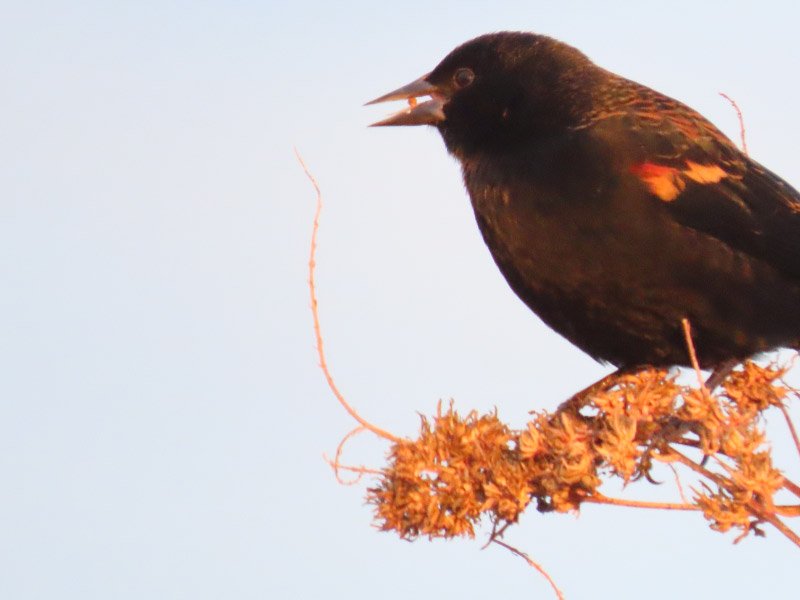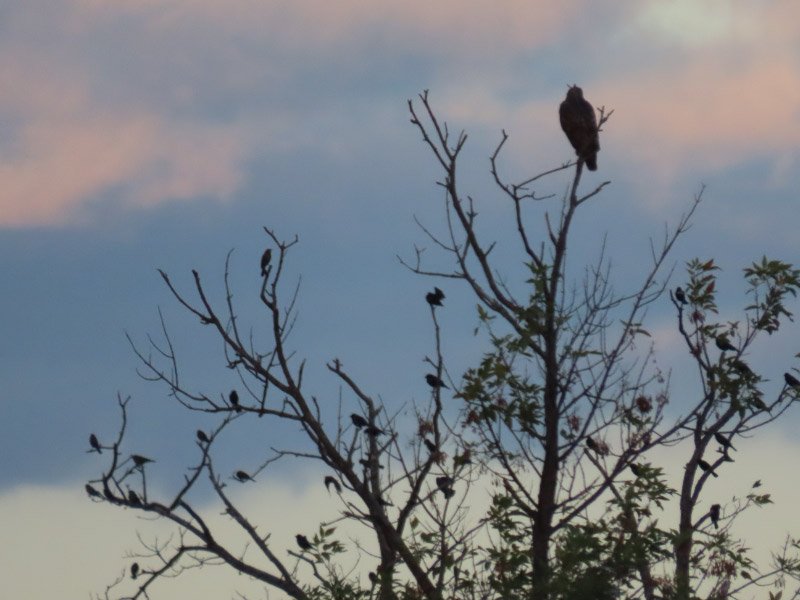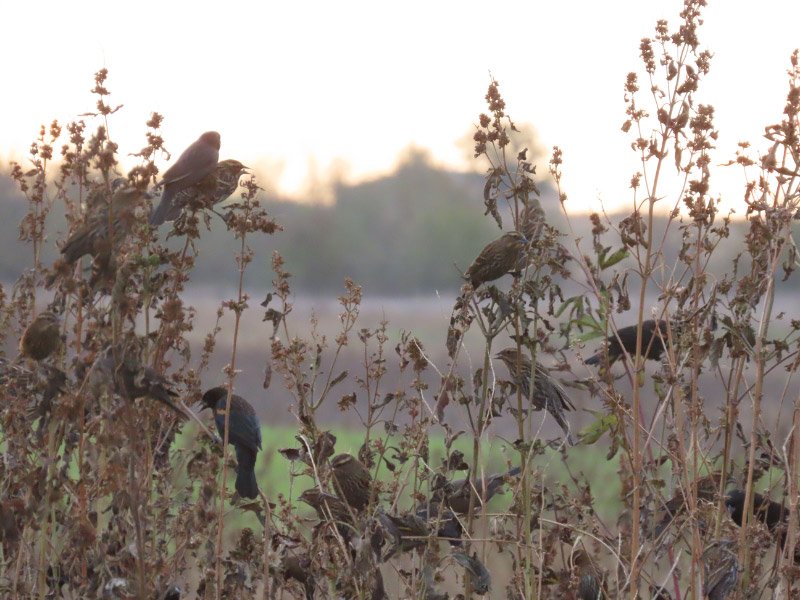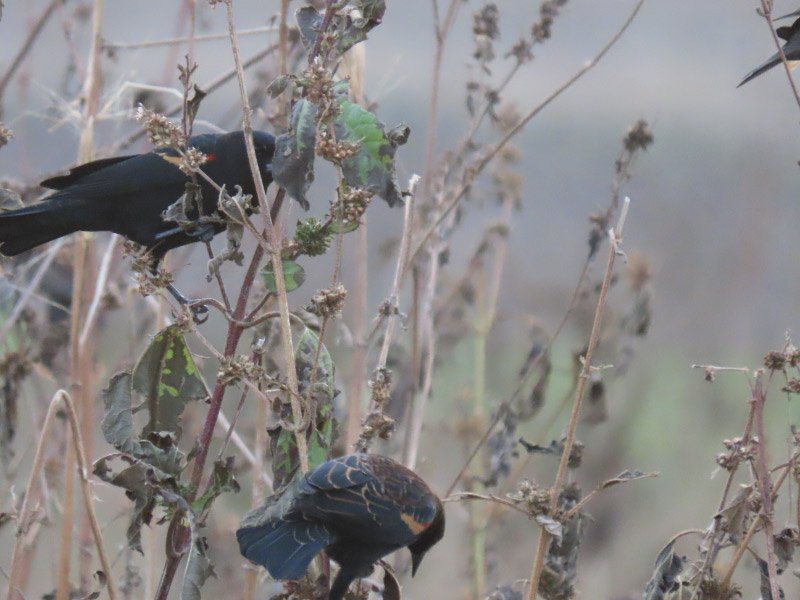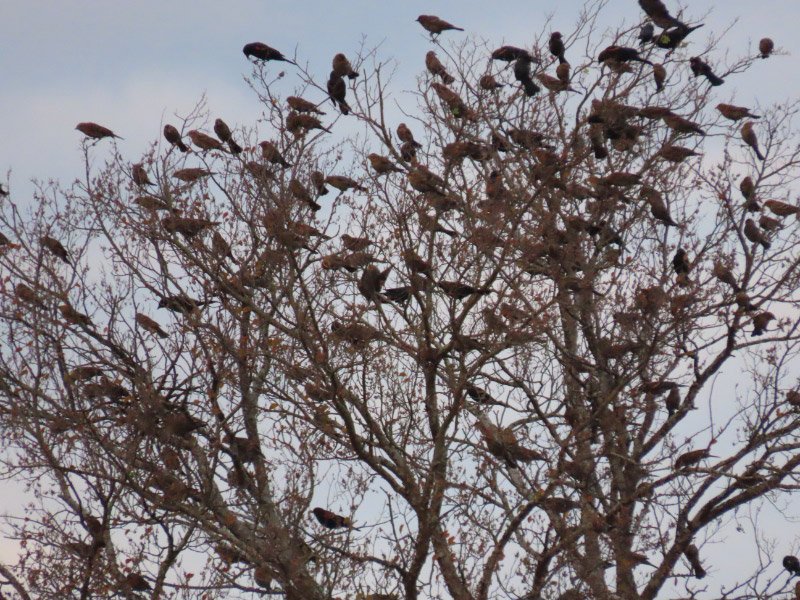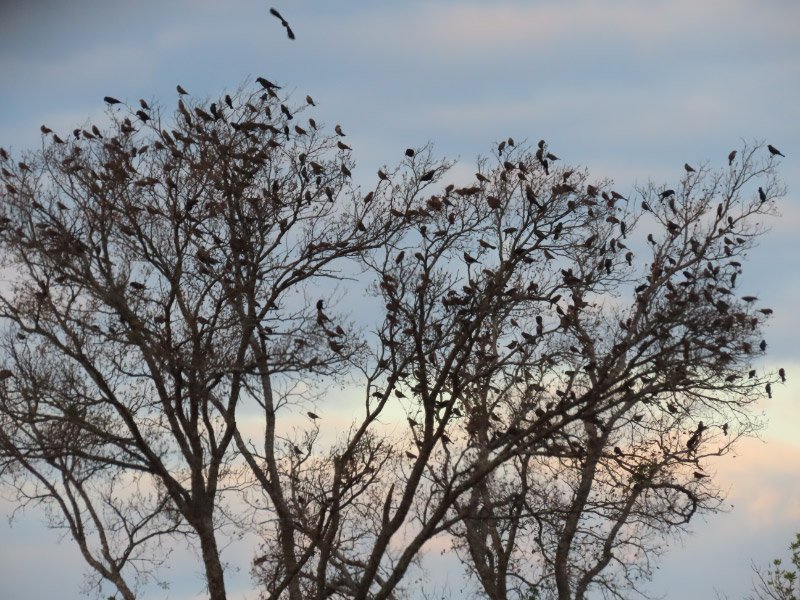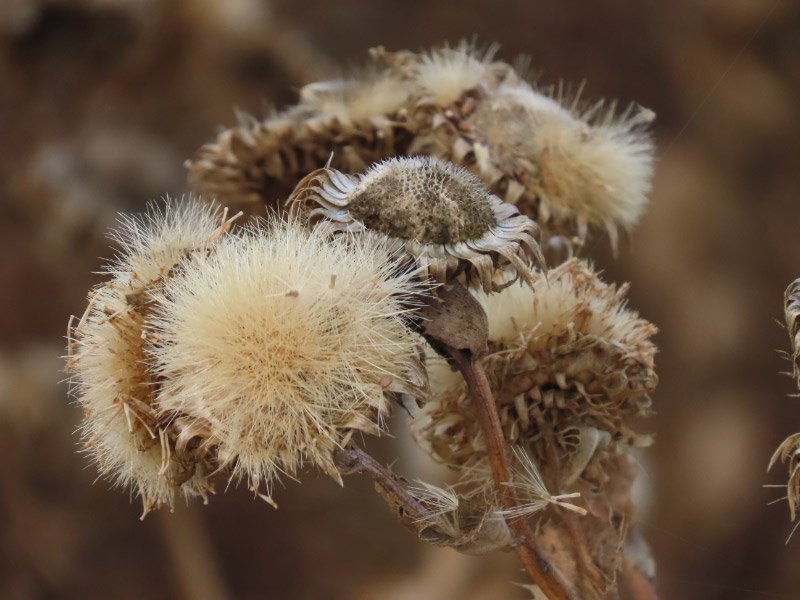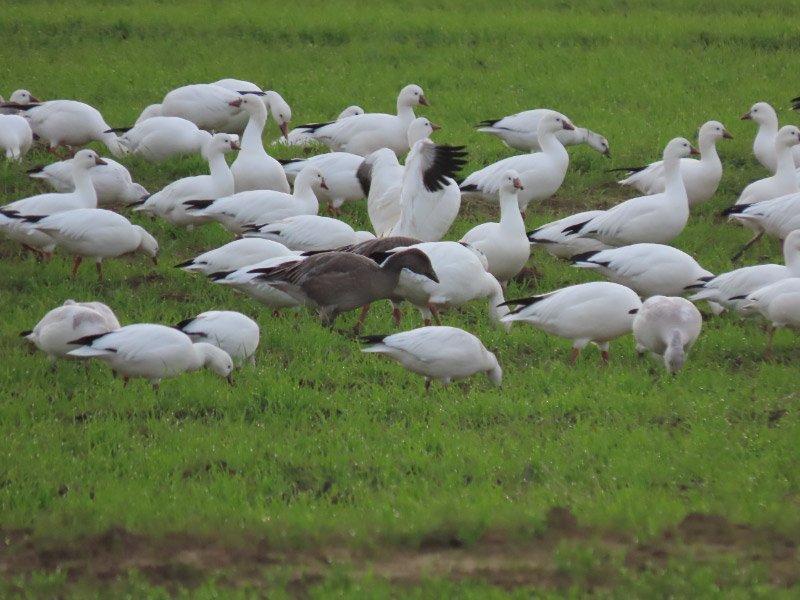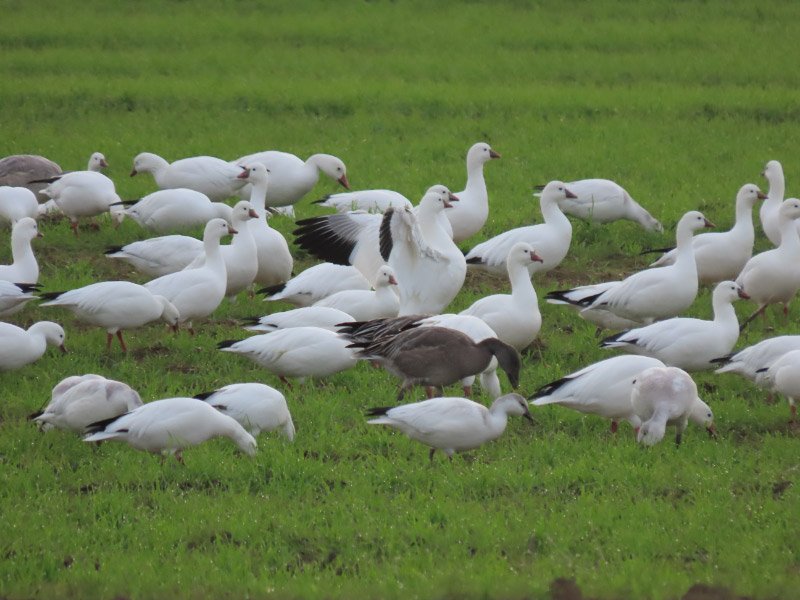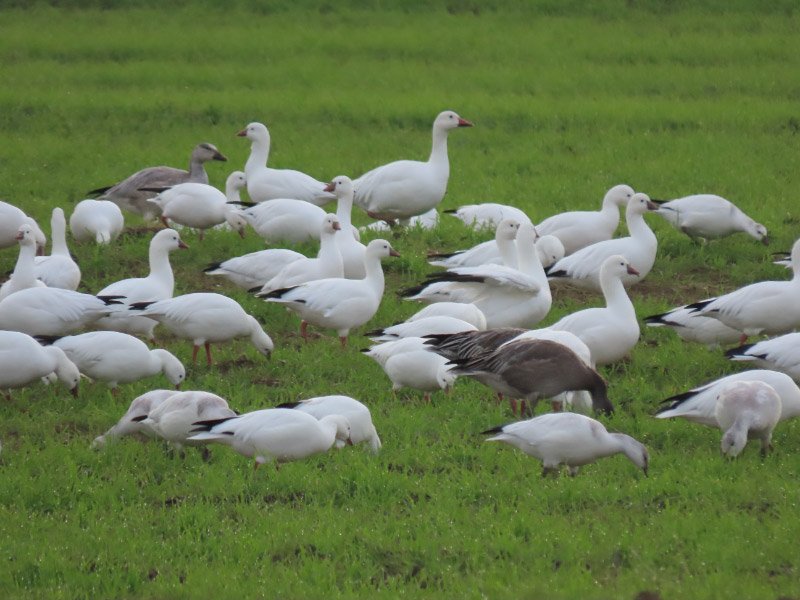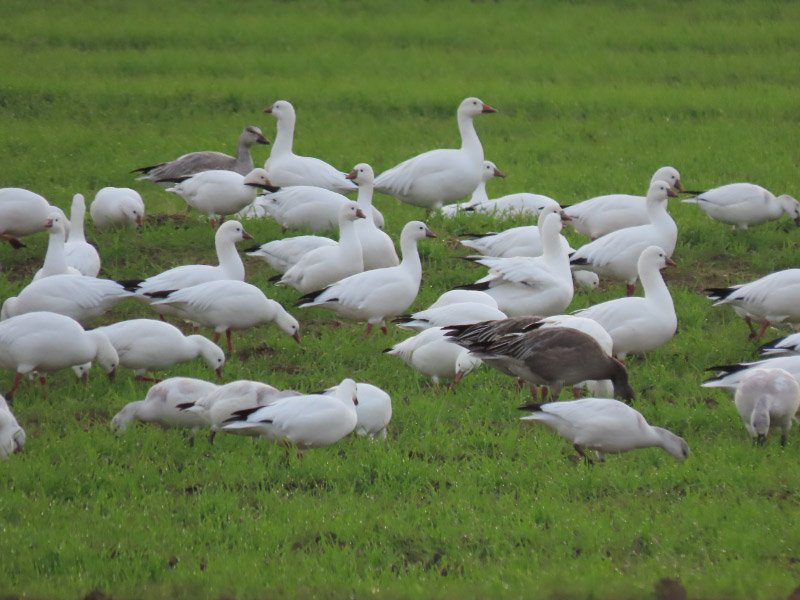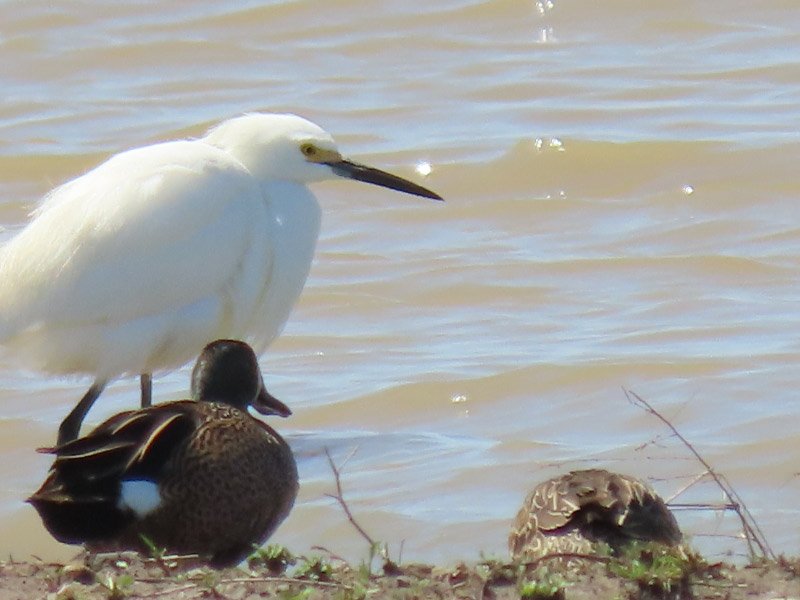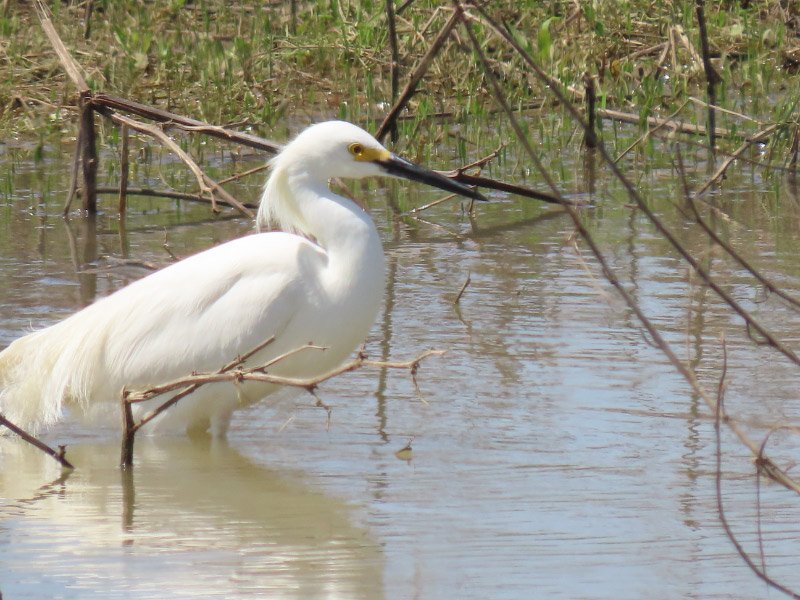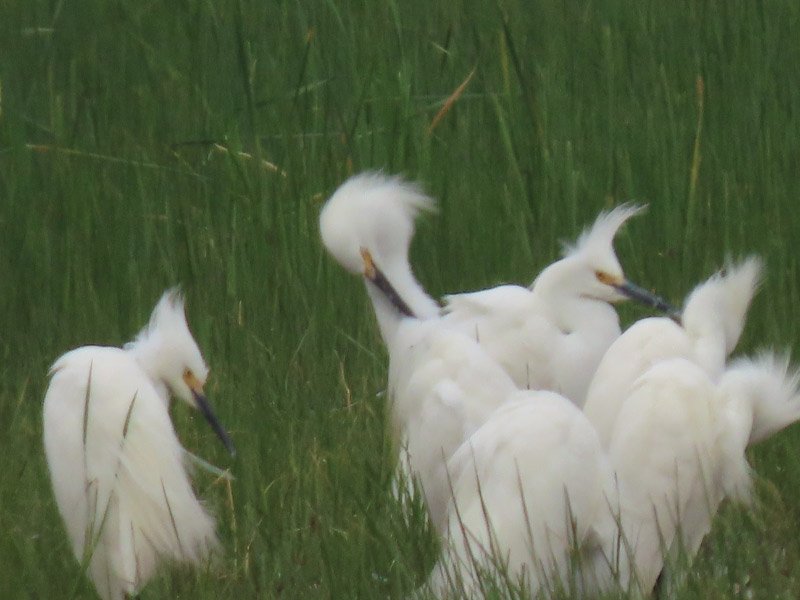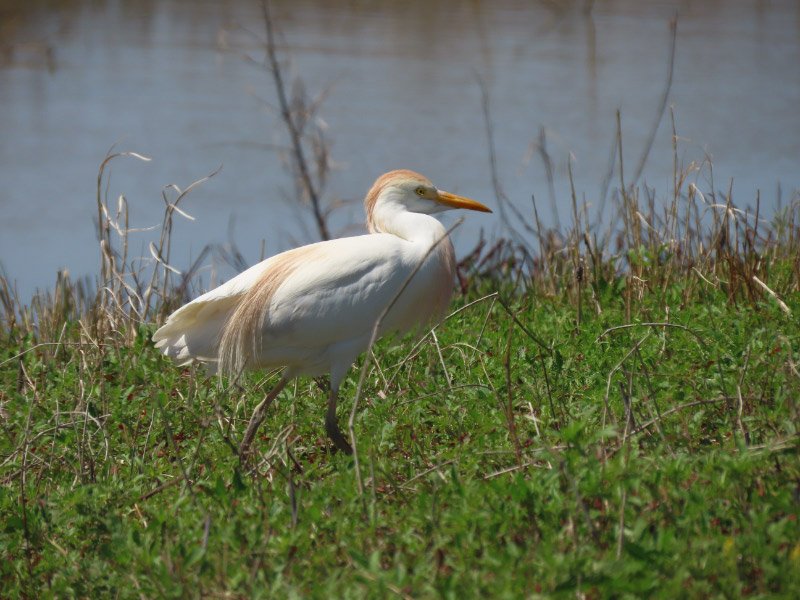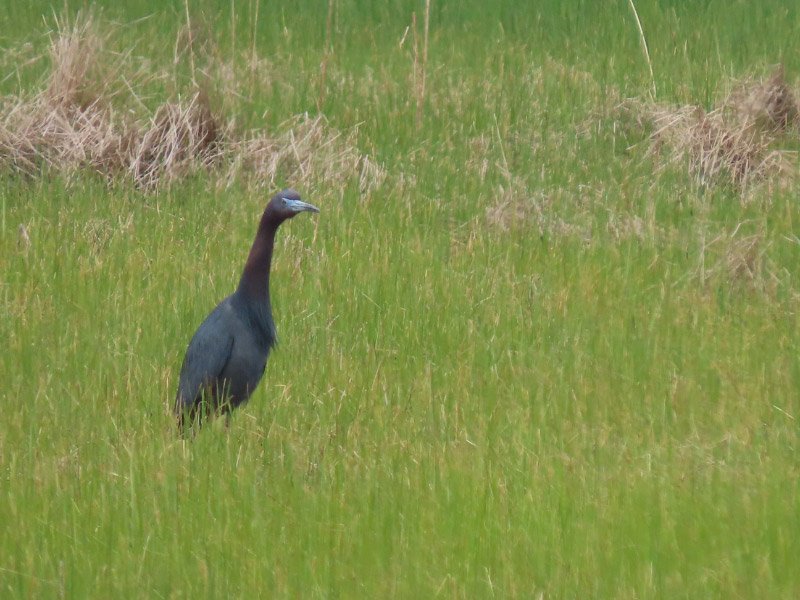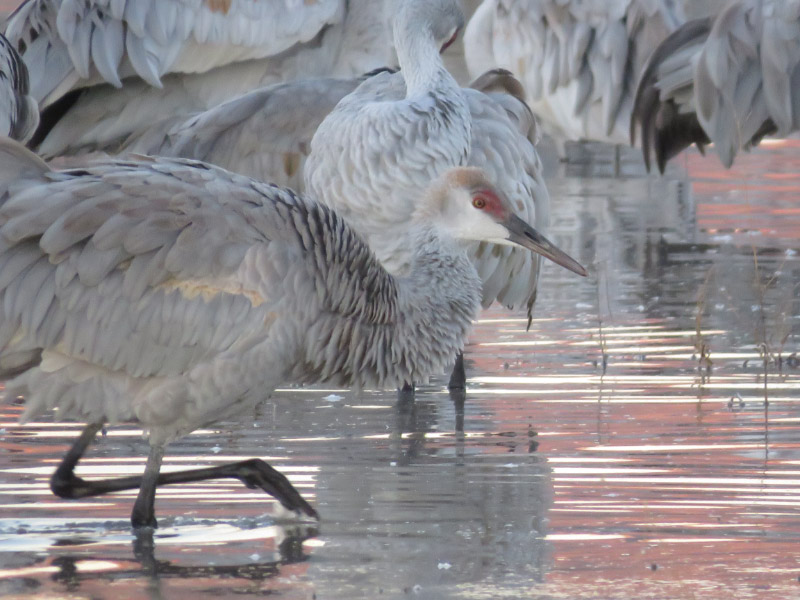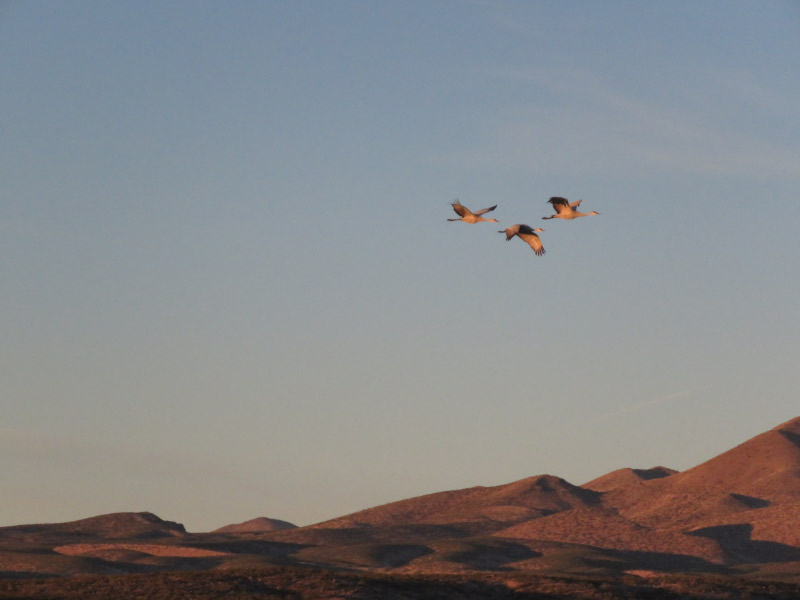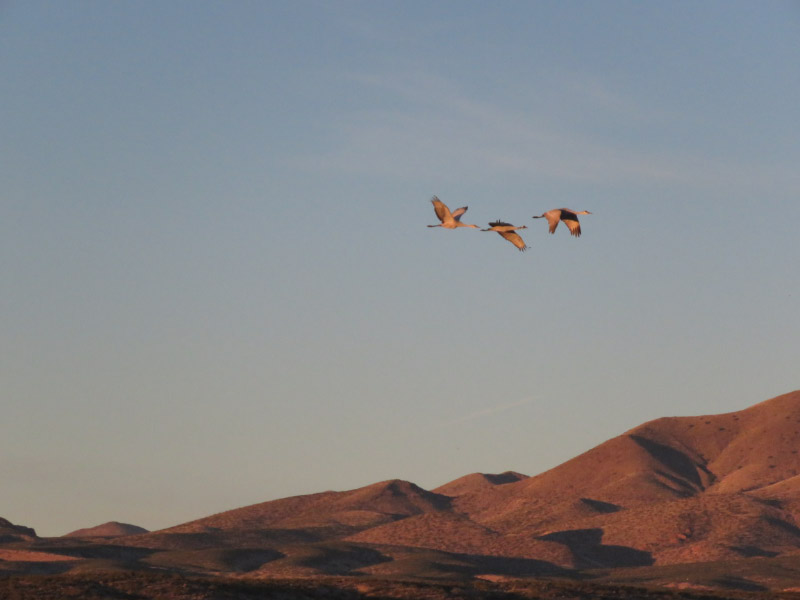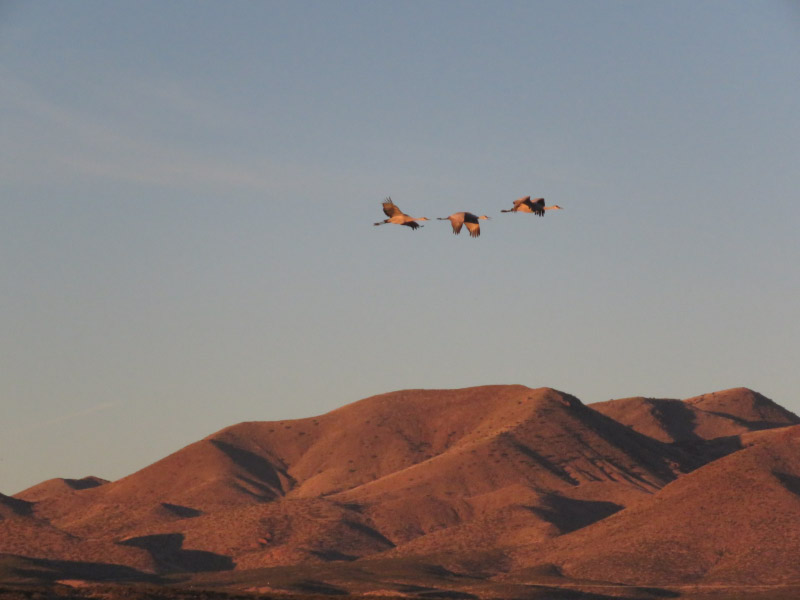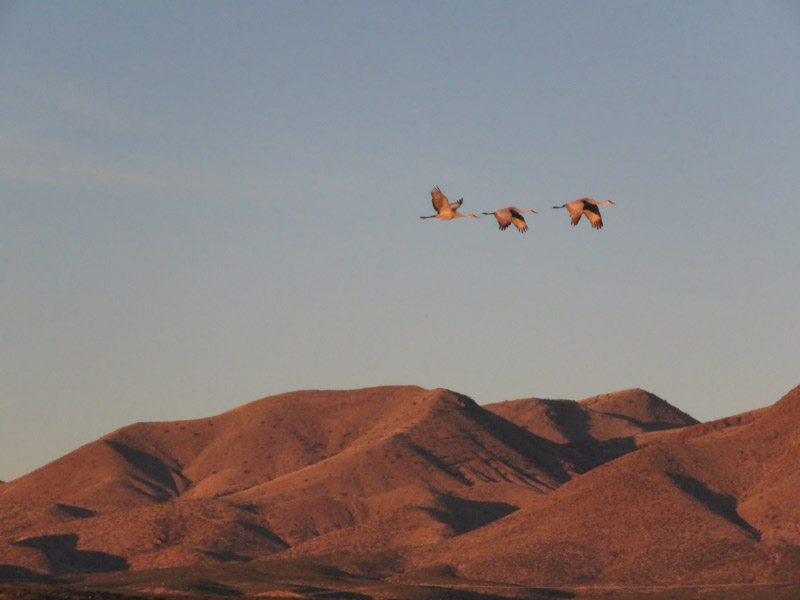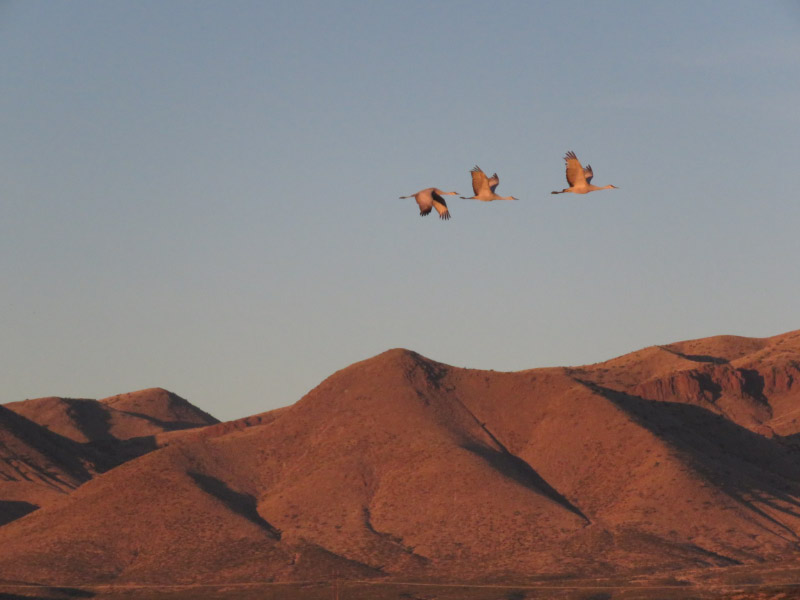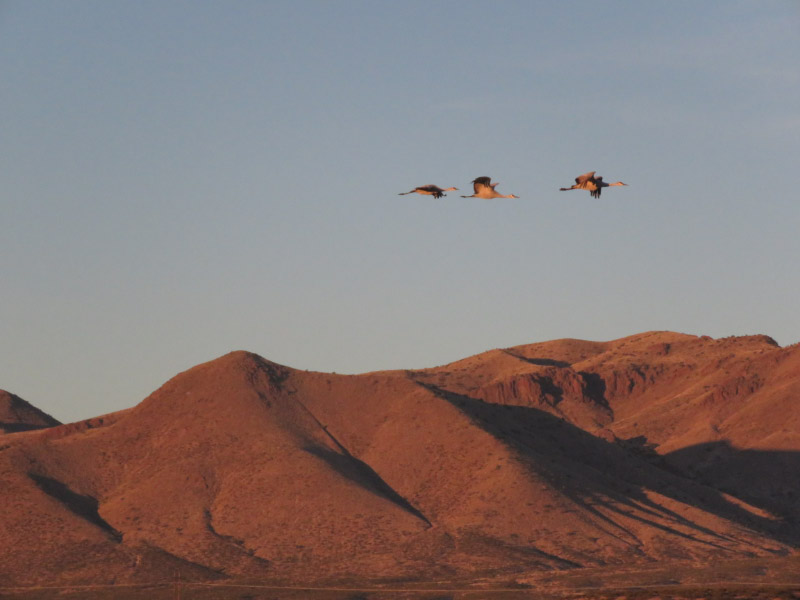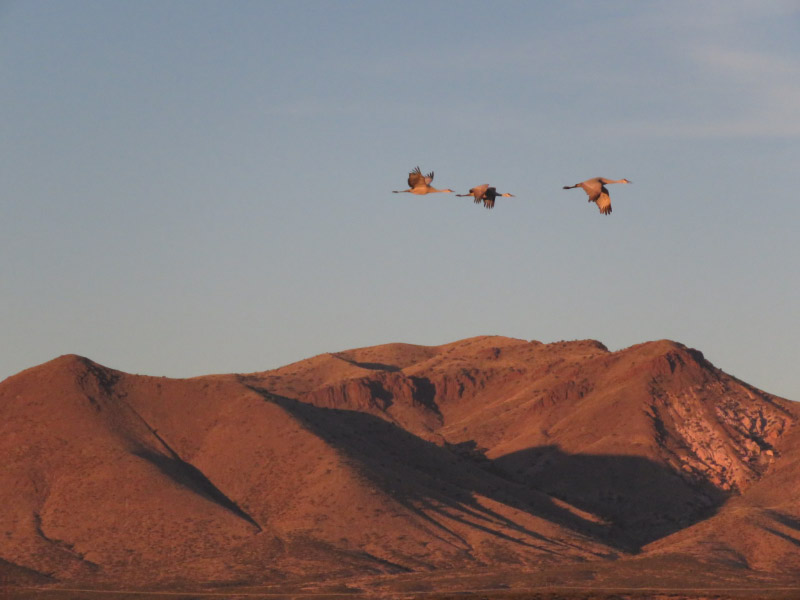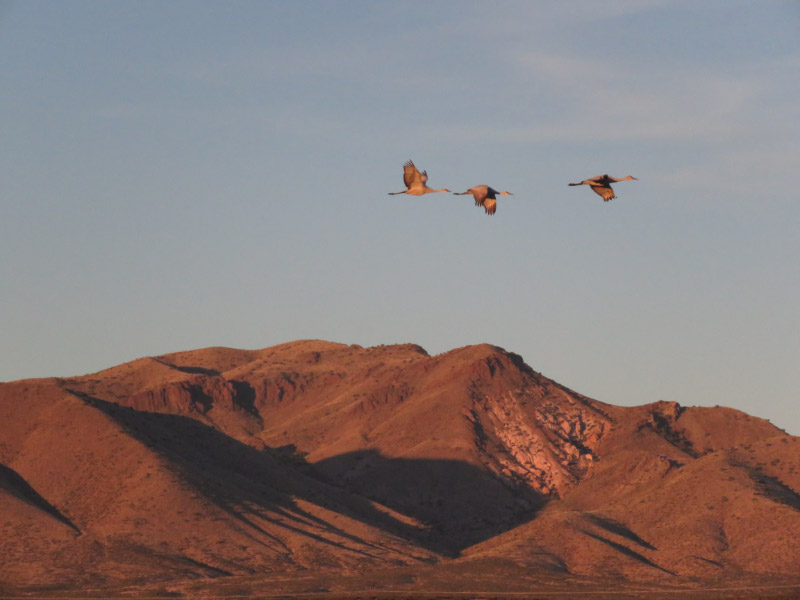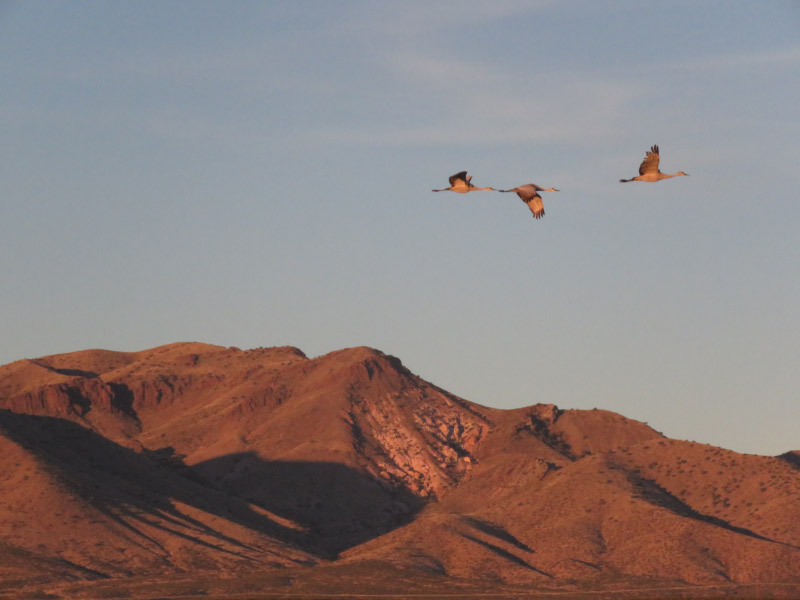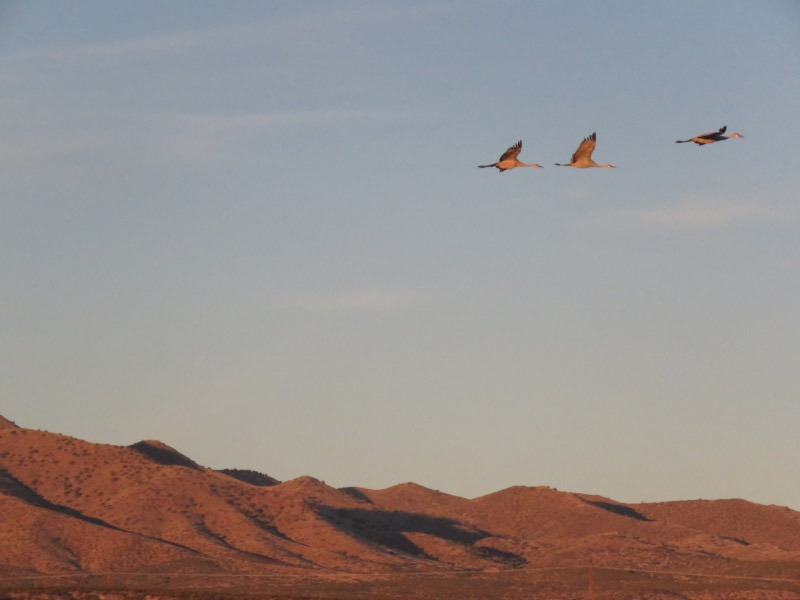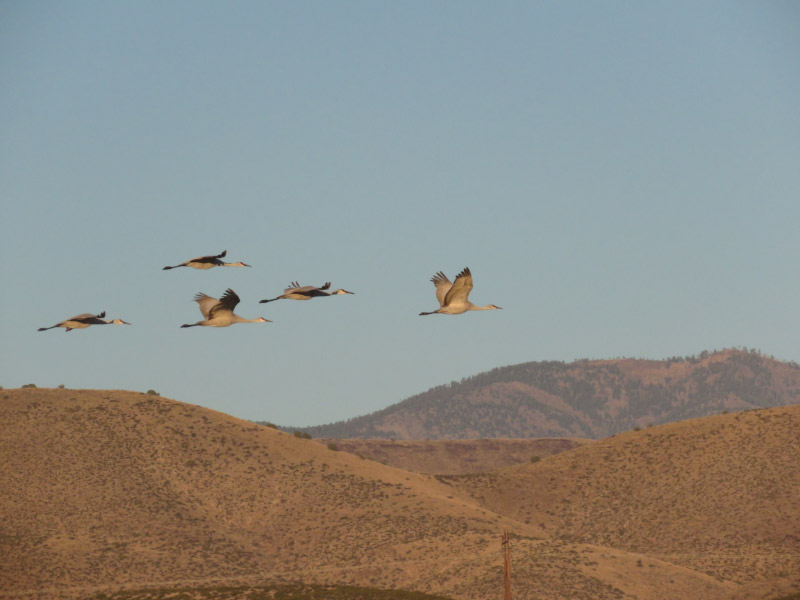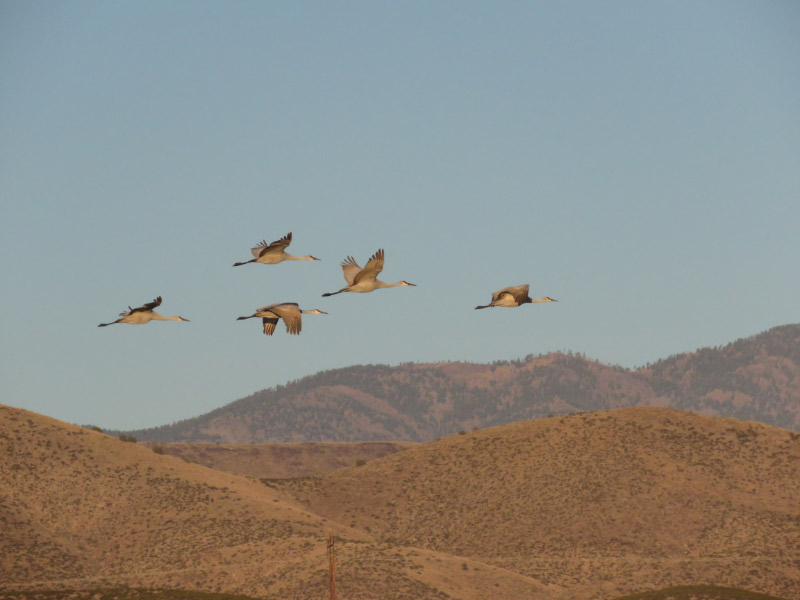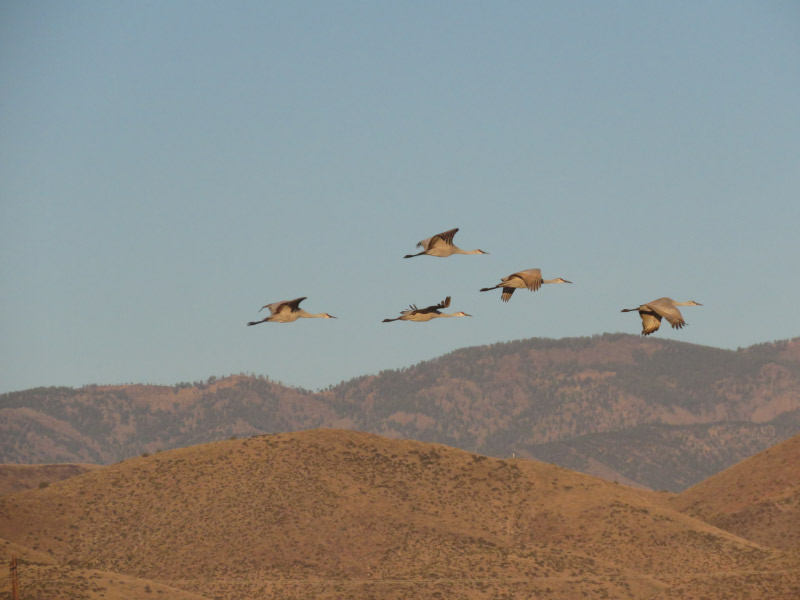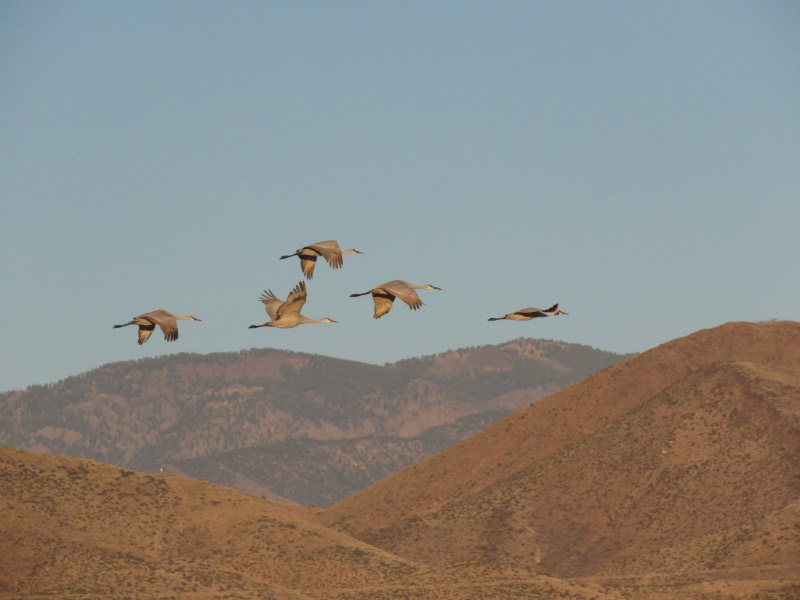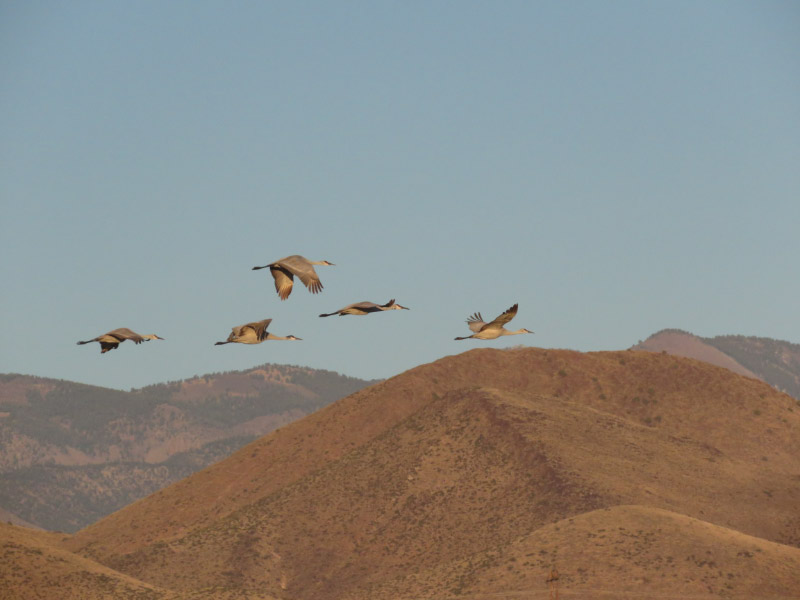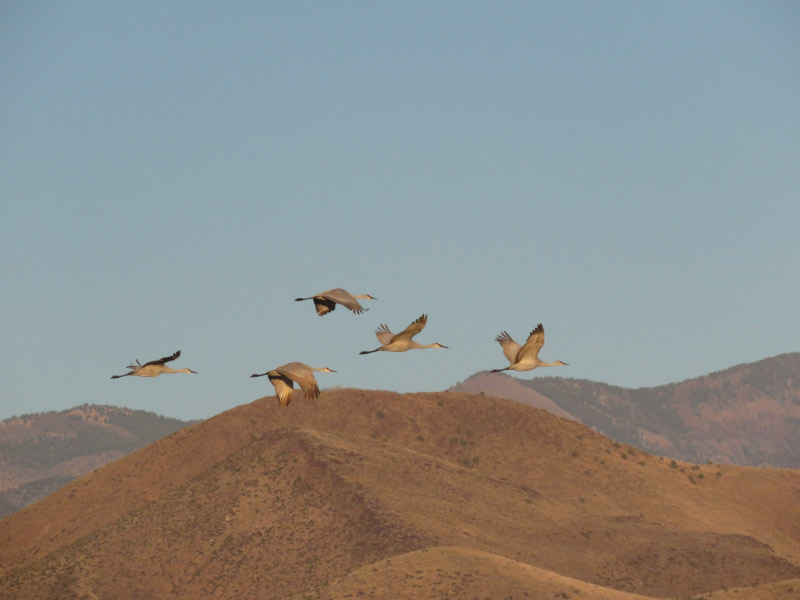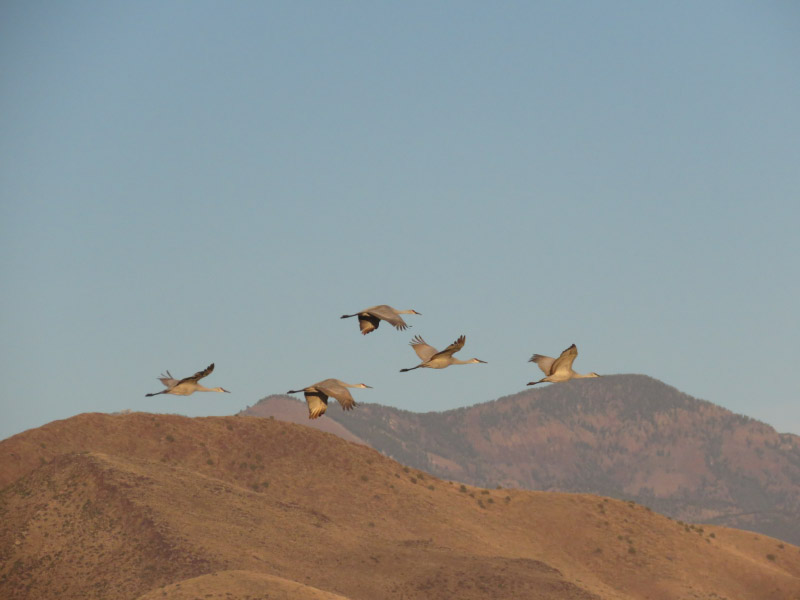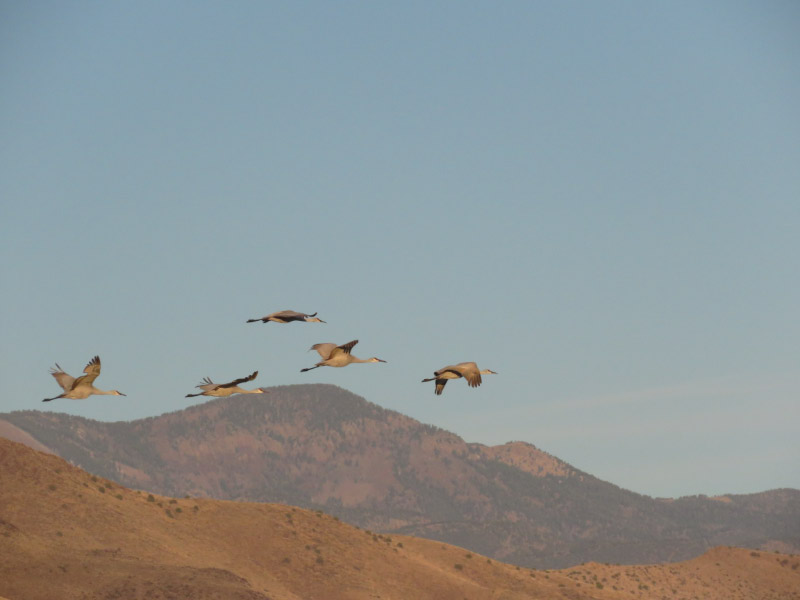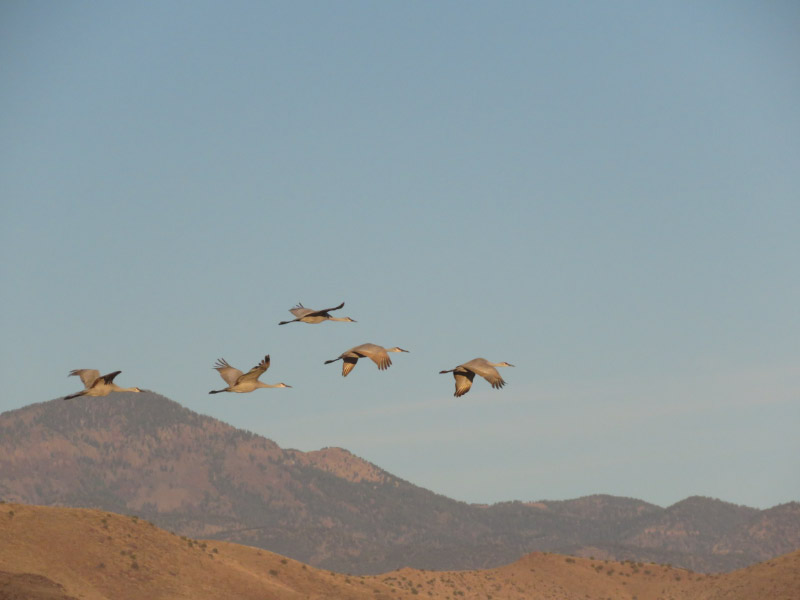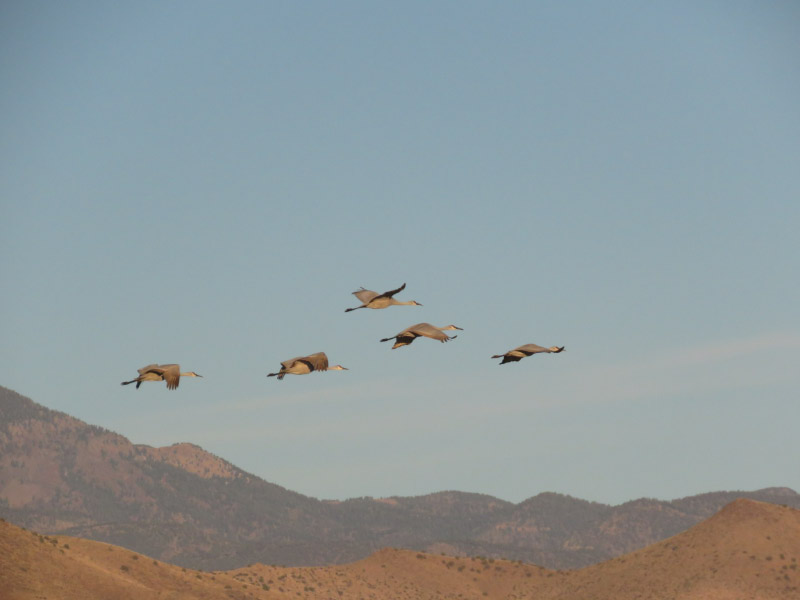Hagerman National Wildlife Refuge – November 2023
/I left Carrollton on the day the shift was made from daylight to standard time; it was easy to reach Hagerman National Wildlife Refuge just after sunrise; it was a hazy morning. There were already other birders driving the wildlife loop – some with the same strategy I use: photography through a car window!
One of the first birds I saw was a great blue heron that flew into a large pond and was immediately on the move – probably looking for breakfast.
I saw a group of snow geese at the edge of the pond with water reflecting the sunrise colors behind them. Note that some of the geese are smaller (i.e. Ross’s Goose). There were blue morphs of the snow geese mixed in as well.
A grebe appeared with some pintails.
Mallards are always around. The trees and shoreline vegetation were definitely showing their fall colors. And then the sun popped above the horizon.
American coots are back at the refuge.
The most numerous birds were red winged blackbirds. They were enjoying the abundant seeds (sunflowers mostly) and rose up in murmuration at any little disturbance. Sometimes the group landed on the road for a few seconds but then quickly flew away to another stand of vegetation with seeds or to trees. They seemed oblivious to a hawk in one tree they picked. The group was a mixture of males and females.
A disorderly V of cormorants (I think) flew by.
I got out of my car once to look over the shoreline vegetation to see if I could spot a group of pelicans in one of the larger ponds but didn’t see any…the vegetation was worth a few photographs.
Another group of snow geese/Ross’s geese was grazing in a grassy area. I did a series of images…with one of the geese stretching its wings. The geese were vocalizing…gentle noises that probably reassure all of them that things are OK with the world.
In summary – some of the birds that will overwinter at Hagerman have arrived but there should be even more arriving.











